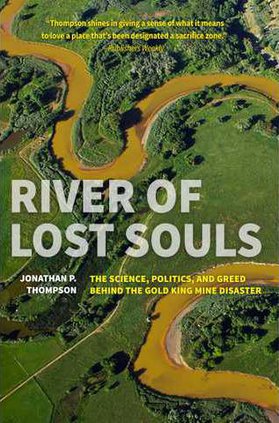Everyone lives in a flood zone. Some are just more at risk of flooding than others.
That was the message of federal and state officials last week at an informational meeting on recently redrawn flood maps impacting 1,600 parcels of land in North Bryan and Pembroke.
Roughly 30 people attended the meeting, held Thursday at the J. Dixie Harn Community Center in Pembroke. Those who missed the meeting can still get help online, thanks to a Georgia Department of Natural Resources website that enables users to find their flood risk and flood insurance rate information.
It’s all about knowledge, officials said.
“There are three messages we’d like people to understand,” said FEMA’s Lynn Keating. “First, everybody lives in a flood zone. Some people may have a lower risk of floding, some may have a higher risk because some people may be in a special flood hazard area, where the risk for an intense flooding is one percent in any given year.”
Keating also noted changes in mapping technology have made it easier to identify areas at risk for flooding.
That and changes to the landscape — either natural or manmade — since the last map was drawn in the early 1980s could have people more at risk for flooding than they think.
“People may think ‘we haven’t had a flood in 50 years, so we’re not going to flood,’” Keating said. “But just because they haven’t had a flood doesn’t mean they’re not going to. A lot of people in New Jersey found that out (with Hurricane Sandy).”
Keating and DNR project manager Todd Harris noted not all of the 1,600 parcels in North Bryan that are impacted by the new maps are identified as being more at risk for flooding. Some of those parcels are now considered less likely to flood.
“There was a net change of 1,600,” Harris said. “Some came in, some came out.”
While flood insurance is mandatory for those areas considered to be at high risk of floods, there are options for those who find their property is now in such an area, including the preferred risk eligibility extension, a National Flood Insurance Program which gives owners “a cost-saving option for flood insurance coverage,” according to DNR literature.
In addition, residents who think the new maps aren’t accurate can object to the findings, Harris said, “but they need scientific data to prove the new maps are wrong.”
The process of updating maps has been going on in flood-prone areas around the country for more than a decade, Keating said, and is the result of a mandate from Congress.
“Map modernization started before (Hurricane) Katrina hit,” she said. “Most flood maps that were in place were more than 20 years old and had been developed without a lot of technology. The intent is to digitize all the flood maps so updates wouldn’t be expensive and they would be more accessible and more useful to the communities that had them.”
Georgia’s coastal mapping project cost about $5.6 million, Harris said, and includes all nine coastal counties. A map showing flood risk in South Bryan and Richmond Hill will be ready to unveil in about two years, he said.
In the meantime, the most important thing is to inform people of their risk so they can make decisions on what is best for their property, he said.
And because Bryan County participates in what Keating called a “community rating system,” it can lower premiums for residents who do carry flood insurance, she said.
“Anyone in Bryan County or Pembroke can purchase flood insurance whether or not they live in a flood hazard area … Our message is about showing you your risk. You should determine how you want to protect your property.
“Homeowner’s insurance doesn’t cover floods. That’s why the National Flood Insurance Program was created in 1968, because property owners didn’t have an avenue to protect their property.”
She said business owners, renters and other property owners also can buy flood insurance “to some degree. You just need to look at where you are, what you own and what you want to pay.”
Bryan County also is extending a helping hand to property owners impacted by the new flood maps. For more information, call Christy Williams at the Planning and Zoning Office at 756-3177. To visit the DNR website and find your parcel, go to www.georgiadfirm.com.
Bryan meeting address new flood maps there


Sign up for our e-newsletters


